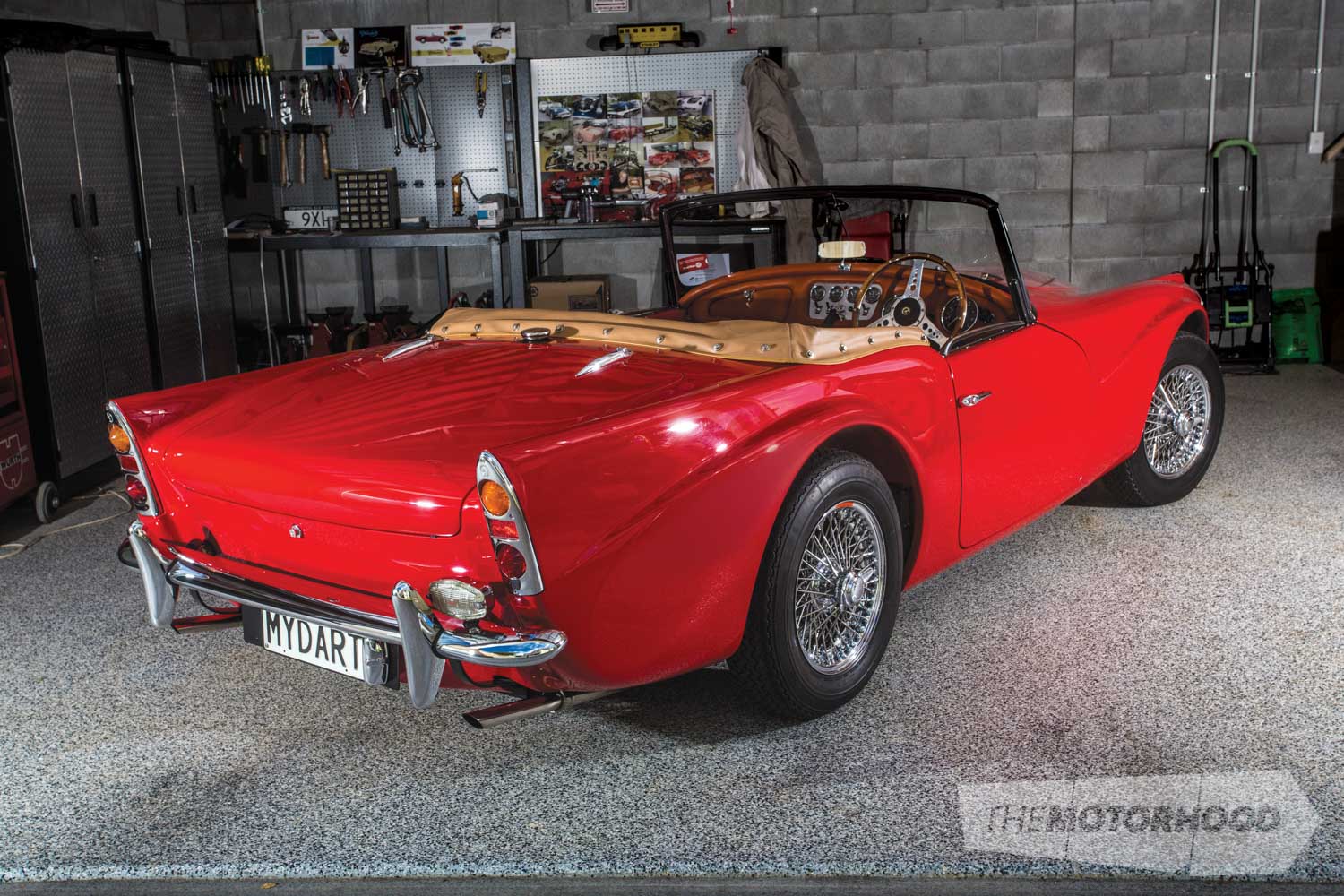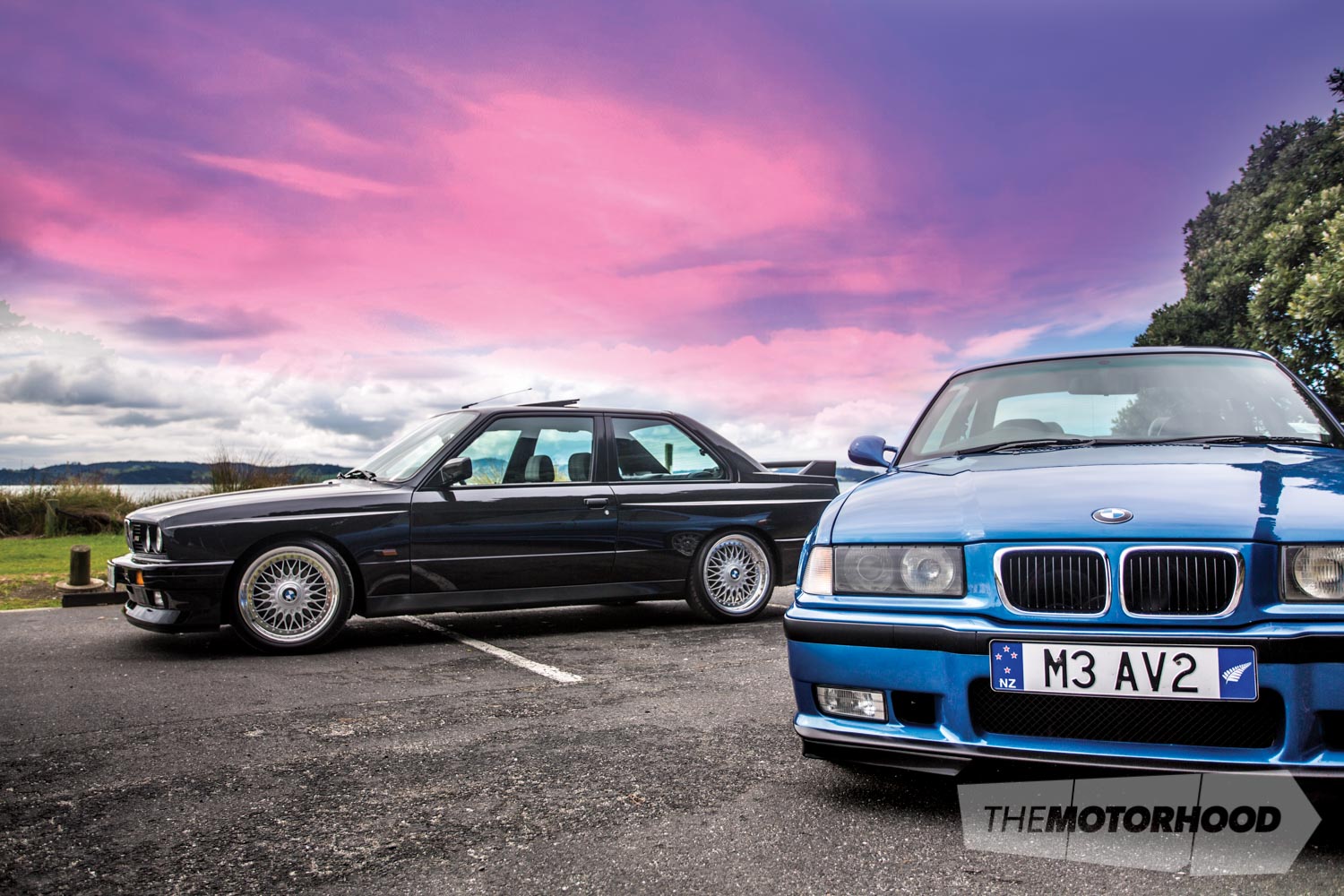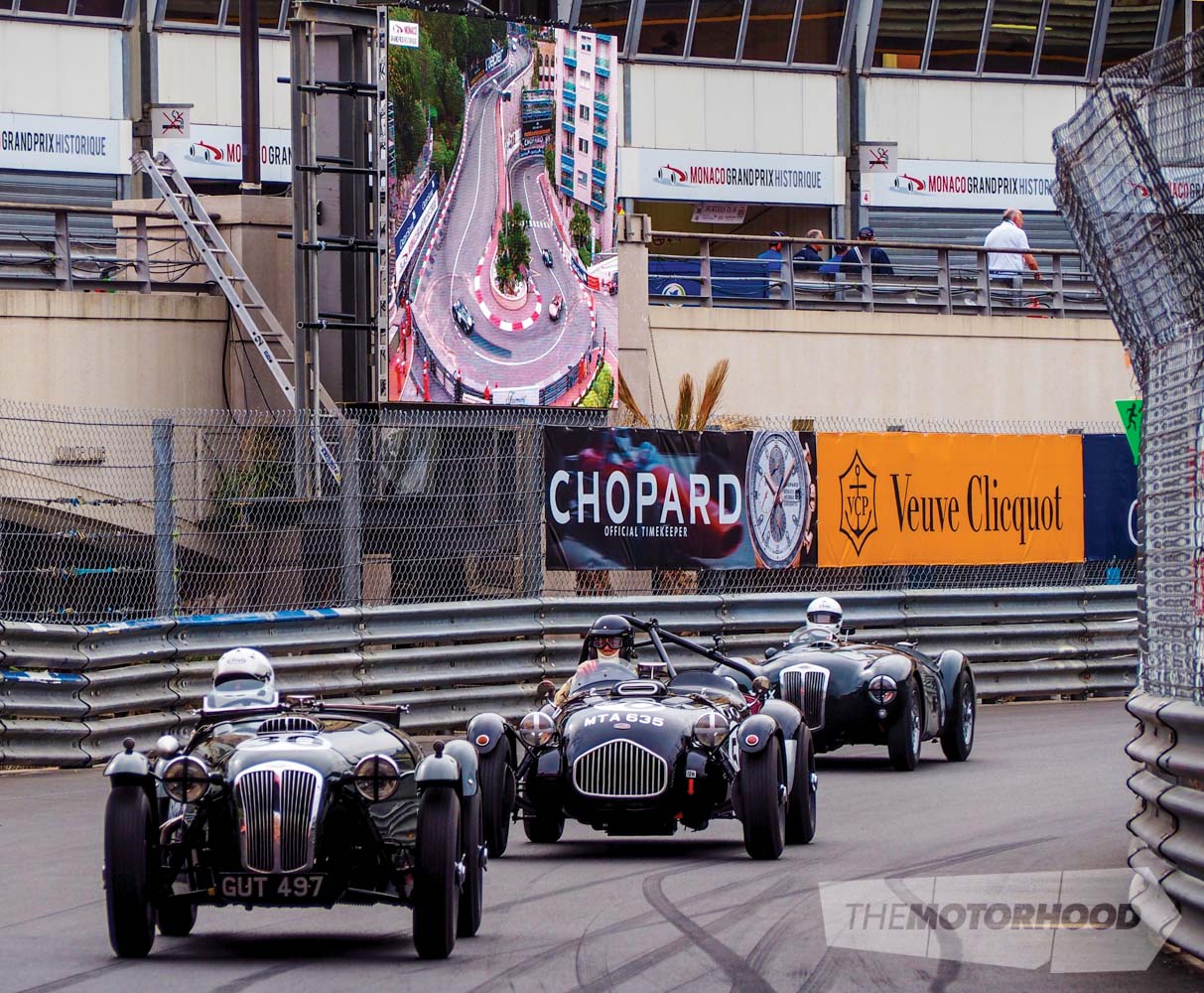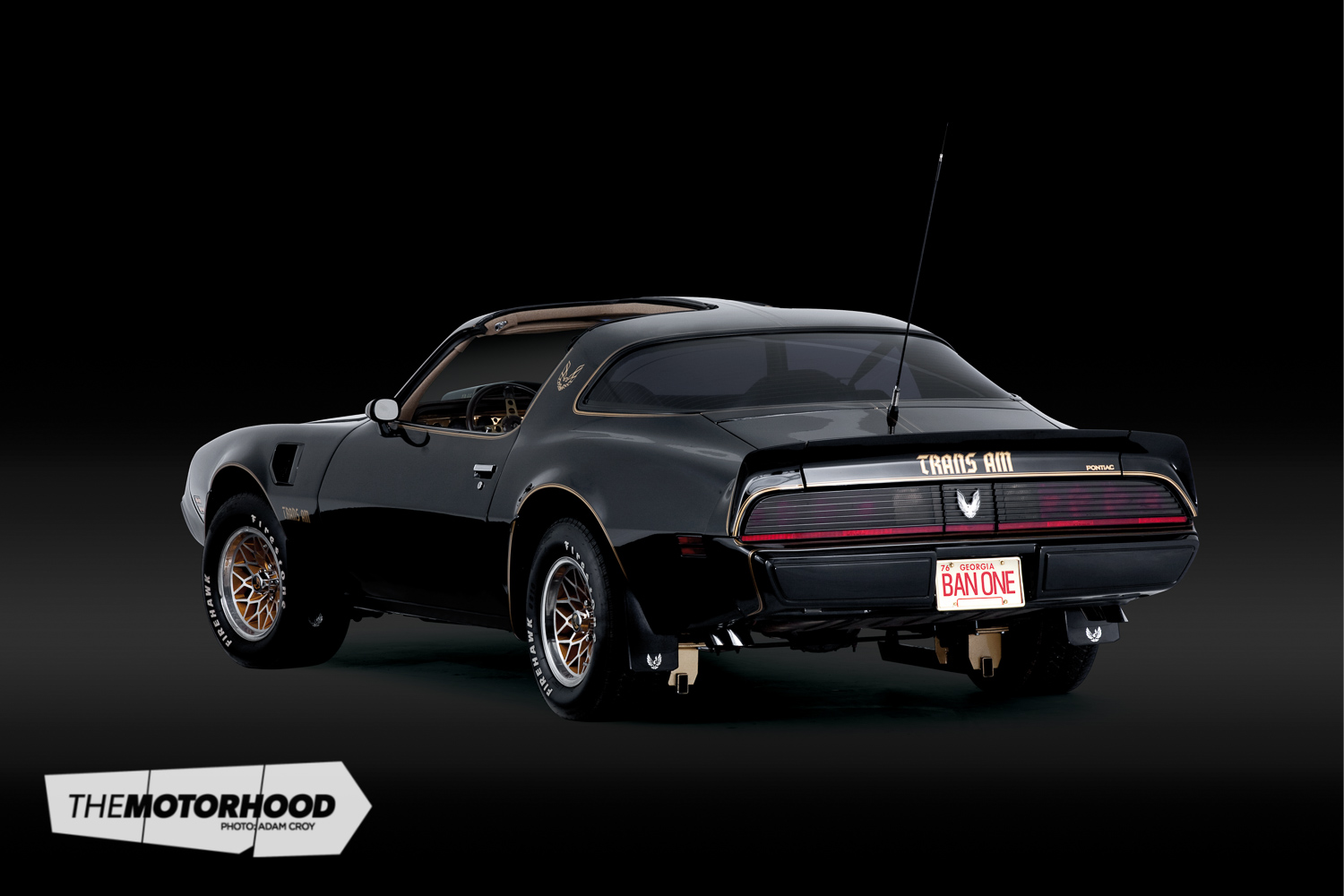Defining a classic
When an old friend asked me recently, “When does a car become a classic?”, it started me thinking. To be perfectly honest, I wasn’t able to provide a definitive reply, simply because when it comes to finding a common answer between any number of classic car enthusiasts as to what constitutes a classic car, it raises more questions than answers.
Is it strictly determined by age? If so, how old does it have to be? Or is it a combination of age and other factors — make? Model? Engine? How about popularity among enthusiasts? And the list goes on.
Even more confusing is that the definition for a ‘classic’ car can vary enormously depending on who you ask, with answers likely to be different from a car club, an insurance company, or a government department.
Not all are desirable and collectible cars, and it becomes subjective which older vehicles are popular and have the propensity to increase in value and popularity. Supply and demand also is a mitigating factor, and what about cars that are considered ‘modern classics’ — not to mention new cars which are labelled ‘instant classics’.
We’d be interested to know your view.
Ashley Webb
Editor
In our July issue, we take a look at a stunning 1961 Daimler SP250 (Dart) that’s been restored to absolute perfection. Moving onto a couple of younger classics, but nonetheless equally desirable, we check out one man’s passion for high-performance BMWs and his cars — an E30 M3 and E36 M3.
If American classics float your boat, then be sure to read all about our featured 1936 Chrysler Airstream Coupe, and for classic motor-racing fans, James Nicholls gives us a full report on all the glitz and glamour at this year’s fabulous Monaco Historic Grand Prix.
Following on from last month’s coachbuilding feature, we talk to a range of underbody experts about everything there is to know about keeping your classic safe on the road.

Full circle
The name Simon Crispe will probably sound familiar to you as his glorious 1961 E-Type Jaguar — winner of this years Masters Class award at the Ellerslie Intermarque Concours d’Elegance — features on the cover of our April issue. We visited him recently and couldn’t resist the temptation to photograph and feature his other restored beauty — a 1961 Daimler SP250 (Dart). Another showstopper for sure, you’ll be intrigued to learn about this car’s unique history and its journey around the world and back.

The classic ‘M’ paradox
It’s hard to imagine a life without the M3. With 30 years of history, mesmerizing performance, brilliant balance, and the ability to prompt that funny feeling in the pit of your stomach, which feels a bit like your first crush, the M3 holds a special place in the hearts of a new generation of classic car lovers. We take a closer look at two beautiful examples of these iconic performance cars — an E30 M3 and an E36 M3 — that continue to get fans panting breathlessly on BMW forums, and any poll asking for an ultimate garage is likely to have an one or both of these models very near the top of the list.

Airstream elegance
Volkswagen brought back the Beetle, Fiat brought back the 500, and, in a strange kind of way, Chrysler brought back the Airstream. This was the inspiration behind the PT Cruiser — a much less successful recreation. The originals were icons, as our featured and beautifully restored 1936 Chrysler Airstream Coupe illustrates.

10th Grand Prix De Monaco Historique
The Grand Prix De Monaco Historique was first run in 1997, and from the year 2000 on has been held every two years, recording its 10th edition in 2016. Run over three days in May, it is a marvellous journey of the history of the racing car in Monaco. The event is about the atmosphere and ambience, the passion and vibrancy, the sound and the legends rather than the palmarès, and the honour of standing on the podium. It may sound like a primary-school cliché, but everyone who took part was a winner on the day.

This month we’re giving away a BMW (E30) 318i ‘Design Convertible’
Subscribe and be in to win a Shell Helix Ultra 5W-40 4L oil pack.
As Shell’s most advanced motor oil, it’s the first-ever motor oil made from natural gas, which yields pure, synthetic base oil, enabling greater cleansing and protection. Also, be sure to take advantage of the huge savings on subscriptions.

Screamin’ smokey: the ’81 Trans Am
The Pontiac Trans Am could hardly be called a sleeper or a wallflower, but we reckon that’s the point. We take a look at the history of the ‘Screaming Chicken’, most famous for taking Burt Reynolds coast to coast in Smokey and the Bandit, and chat to the owners of this ground-up rebuilt example with unique features such as the requisite CB radio and confederate flag plates.
1961 Daimler SP250 (Dart)
1988 BMW E30 M3
1992 BMW E36 M3 Evolution
1936 Chrysler Airstream Coupe



